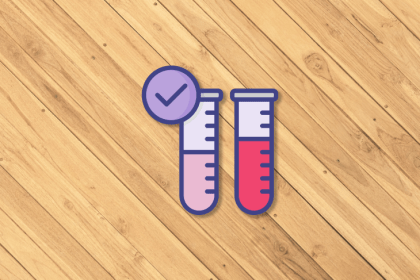
Product strategy is a plan that outlines what a team aims to accomplish with its product and how it will get there.

Discover the definition of net present value, the formula to calculate NPV, and how and when you should use it to inform financial decisions.

The four components (quadrants) of an Ansoff matrix serve to help with making trade-off decisions: market penetration, market development, product development, and product/market diversification.

Instrumentation is the process of defining data events and setting up tools to collect and process these events.

User acceptance testing (UAT) is an important phase where end-users have a chance to participate in evaluating your product.

Employing Liberating Structures such as 1-2-4-all, 15% solutions, and conversation cafe as a facilitation tool can help you make retrospectives more engaging and productive.

Creating a seamless experience for your product with multiple touch points across various platforms and media can be a great way to increase retention and customer lifetime value.

If you are a product manager that needs an additional revenue source for your product, adding an in-app shop is a no-brainer.

Discover the art of generating user insights with qualitative analysis. Learn the process, techniques, and how to combine with quantitative analysis.

A sustainable competitive advantage is a competitive advantage that you’re can maintain for at least the foreseeable future, ensuring that your competitors are unlikely to beat your product.

In this article you will learn what a product operating plan is, how it can help you, and how to implement one within your team.

A root cause analysis can be a great tool to help you uncover the true causes of a problem and reduce any reliance on assumptions or biases.